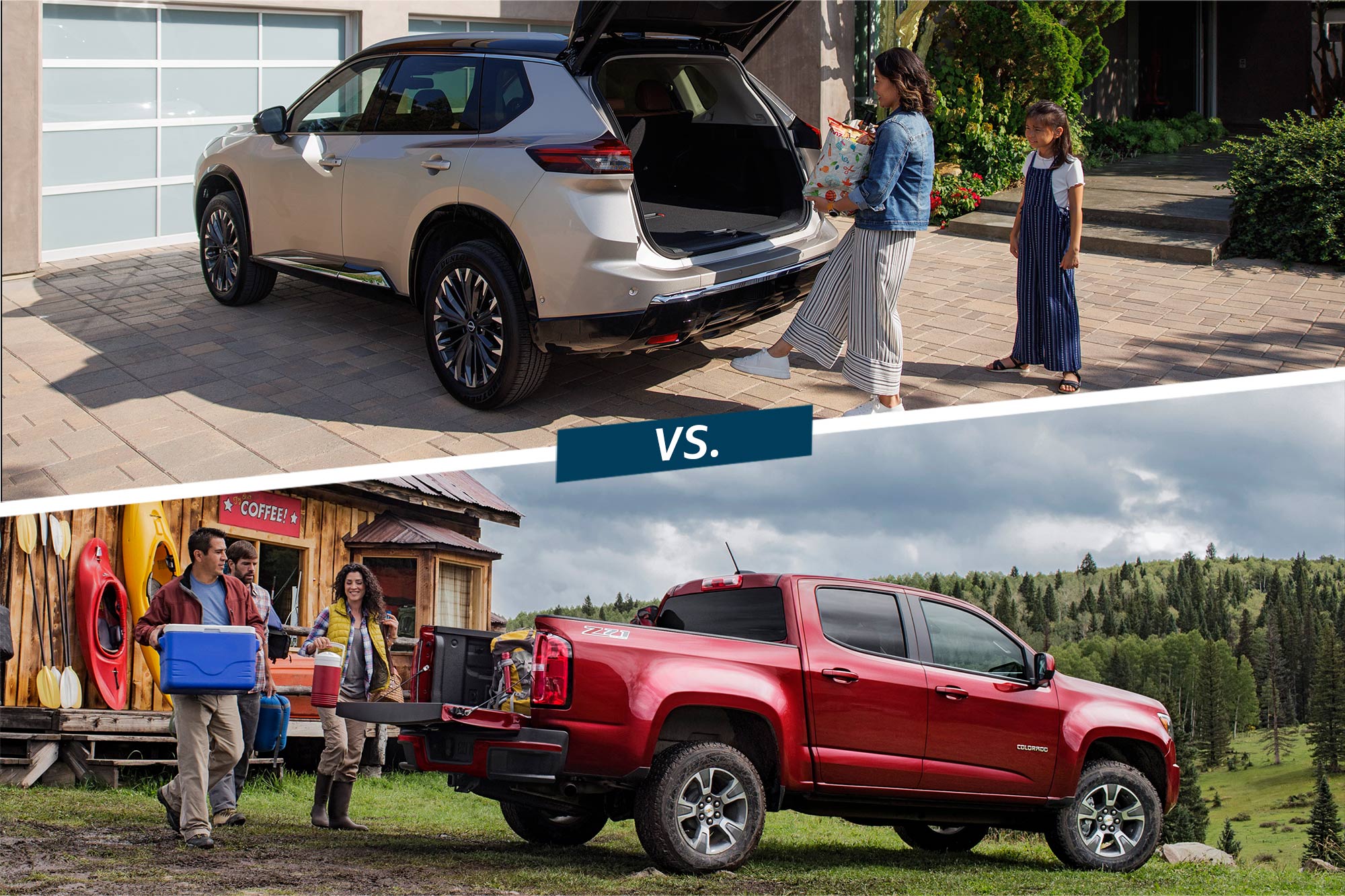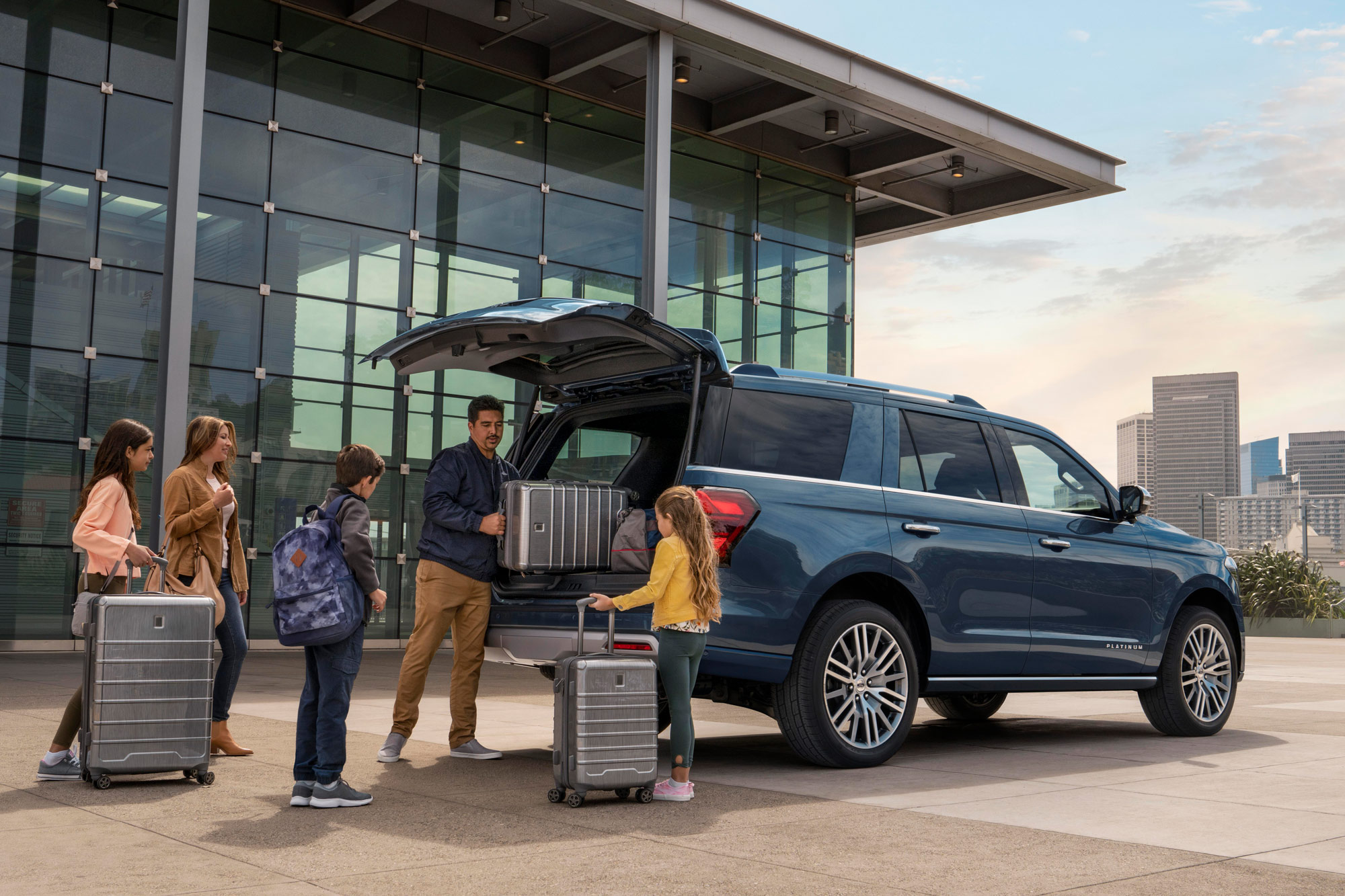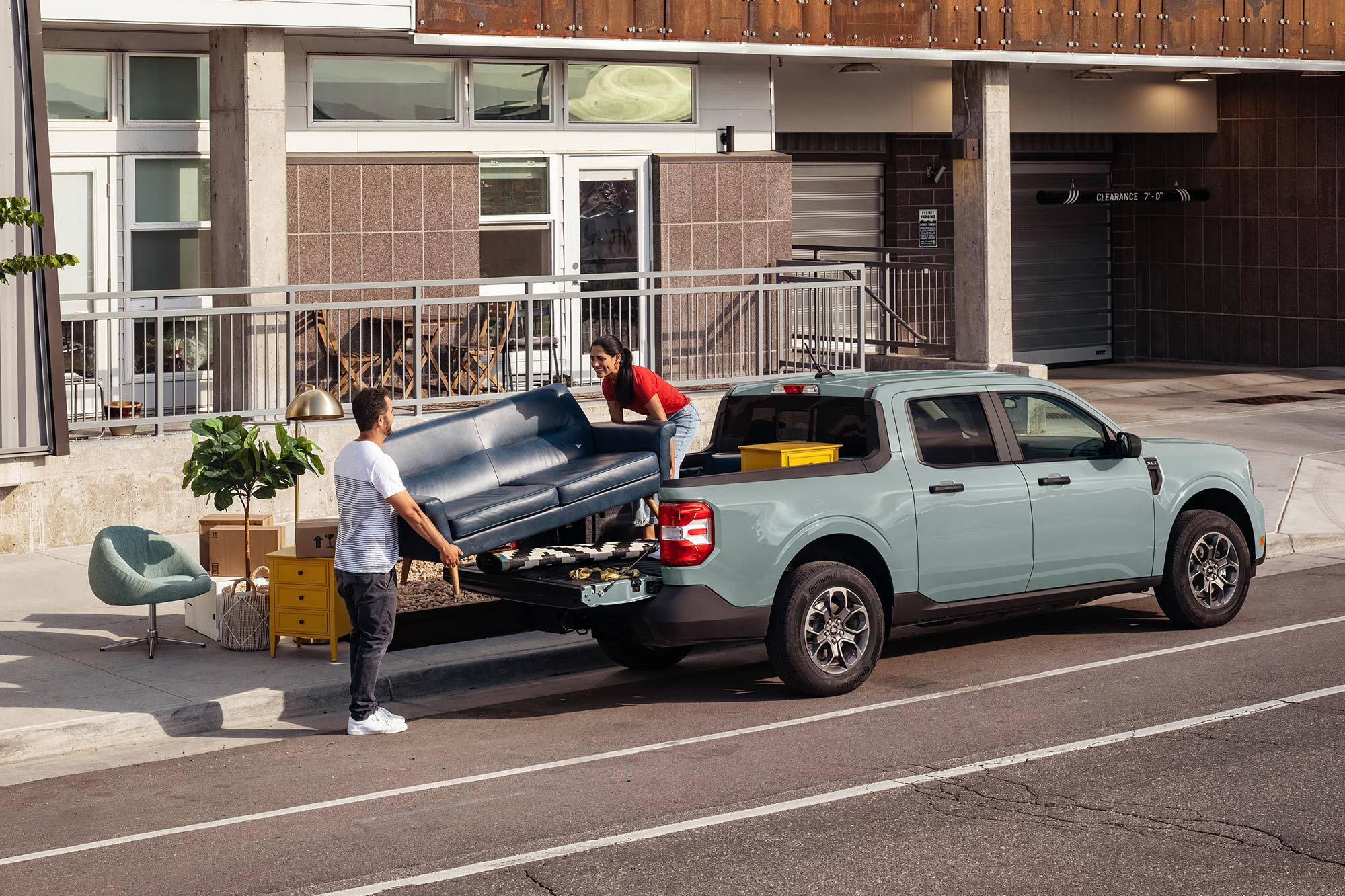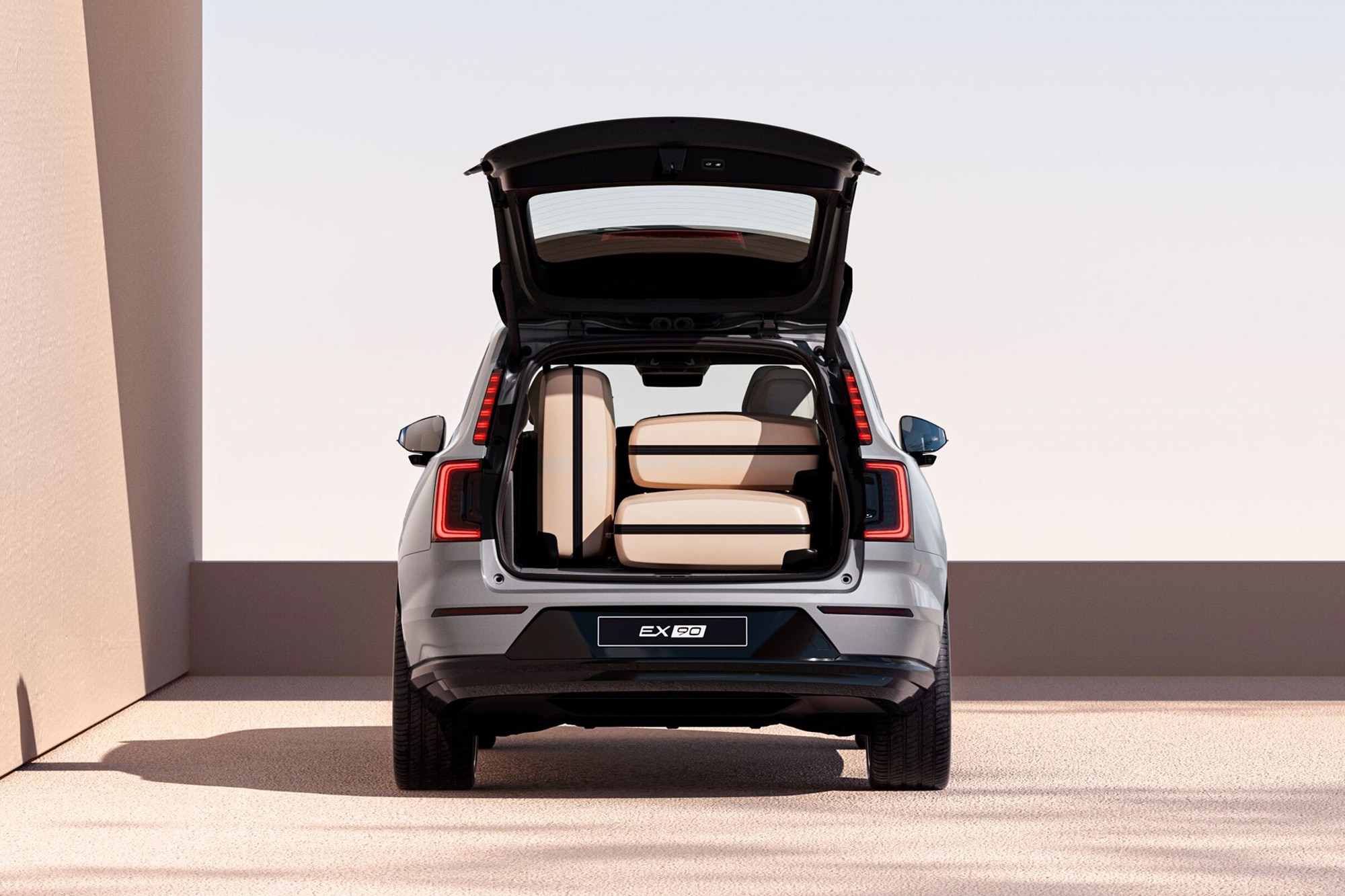The Difference Between a Tailgate and a Liftgate
These terms describe two vital — and different — components for trucks and SUVs that help make hauling cargo even easier.
 Nissan | Chevrolet
Nissan | Chevrolet
Pickup trucks and SUVs are among the most popular vehicles in the country, but while the two have different body styles, there is similar terminology to describe some key components.
Tailgate and liftgate are two terms that sound like they describe the same thing, but one applies to SUVs and hatchbacks and the other to pickups.
 Ford
Ford
Tailgates Are for Sitting
Tailgates have a hinge at the bottom that allows them to open downward. You can typically sit on a tailgate — hence the popularity of tailgating. You can find tailgates on pickups and some SUVs.
Pickup trucks are great for hauling large items because they have a bed, sometimes called a box. This large space accommodates all sorts of cargo, but that utility wouldn't be possible without the tailgate.
Rather than a stationary wall at the rear of a truck bed, automakers install a tailgate — a hinged door or flap that opens and closes to enable loading and unloading. Modern trucks are available with a range of tailgate configurations, including side-opening options and multifunction systems such as Ford's Pro Access Tailgate on the 2024 F-150 and General Motors' Multi-Flex and MultiPro tailgates on the Chevrolet Silverado and GMC Sierra, respectively.
Even the more advanced systems are still called tailgates. Ford and GM offer multiple ways to open the gate, including some that create steps into the bed and various cargo-carrying options to secure longer items without fully opening the tailgate.
At the same time, a few SUVs, including the Land Rover Range Rover and older Toyota Land Cruiser models, offer a small tailgate that opens in tandem with the liftgate to create a longer cargo floor or seating area. The tailgate opens downward, while the upper portion is hinged at the top, creating something of an "open mouth" effect.
 Ford
Ford
Liftgates Are Meant to Make Loading and Unloading Easier
Most SUVs and hatchbacks come with liftgates that open upward in a clamshell motion. Automakers offer a range of variations on this theme, including powered or hands-free operation, the ability to open the rear window separately, and more.
Power liftgates are typically activated through a button on the dash, the key fob, or by pressing a latch on the gate itself. They are convenient for loading gear because they create a large opening without obstructions and don't have to be held open manually like a car door that swings on a hinge.
Some SUV models, including older Toyota RAV4s, retain a side-hinge rear gate.
 Ford
Ford
Key Differences Between Tailgates and Liftgates
There is some overlap, but pickup trucks generally have tailgates while hatchbacks and SUVs have liftgates. Most liftgates open upward, while tailgates fold downward.
Each has its benefits and drawbacks, but both can be difficult to operate for children or people with disabilities. Liftgates can be heavy, even with the help of the struts that hold them open, and tailgates without power assist can also be challenging to lift and latch into place.
 Volvo
Volvo
Either can fall short when it comes to loading and unloading gear on a hill or incline because once they are open, there is usually nothing to hold items in place.
If you think you need to haul large or extremely heavy items, a truck with a tailgate might work best for you. If you need to transport people and small luggage or gear, an SUV or hatchback could be your best option.
Written by humans.
Edited by humans.
 Chris Teague
Chris TeagueAfter working in the technology and software industry for several years, Chris Teague began writing as a way to help people outside of that world understand the sometimes very technical work that goes on behind the scenes. With a lifelong love of all things automotive, he turned his attention to breaking news, writing new vehicle reviews, and detailing industry trends.
Related articles
View more related articles